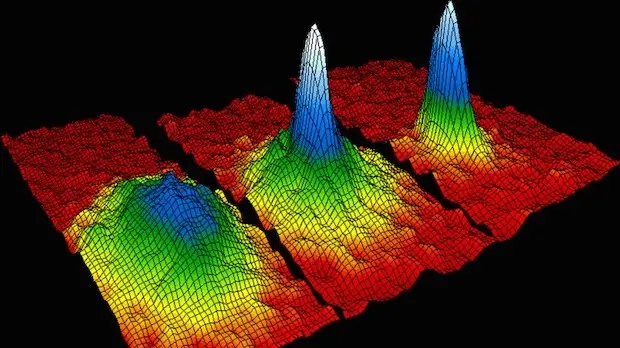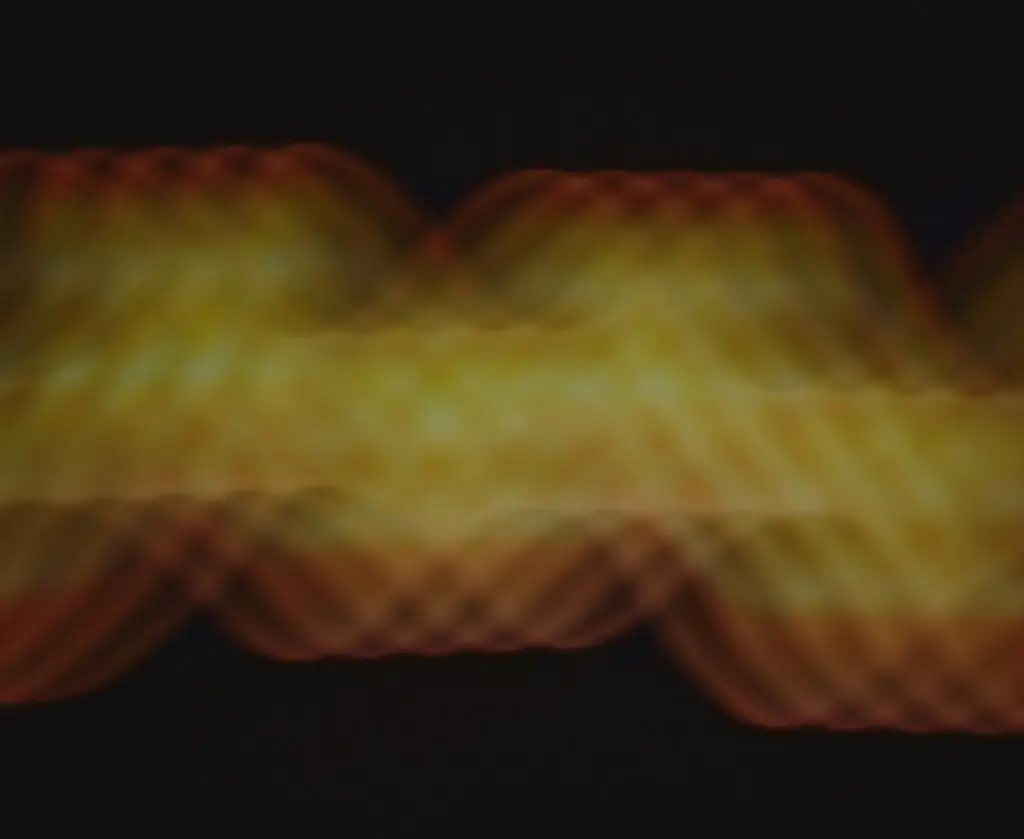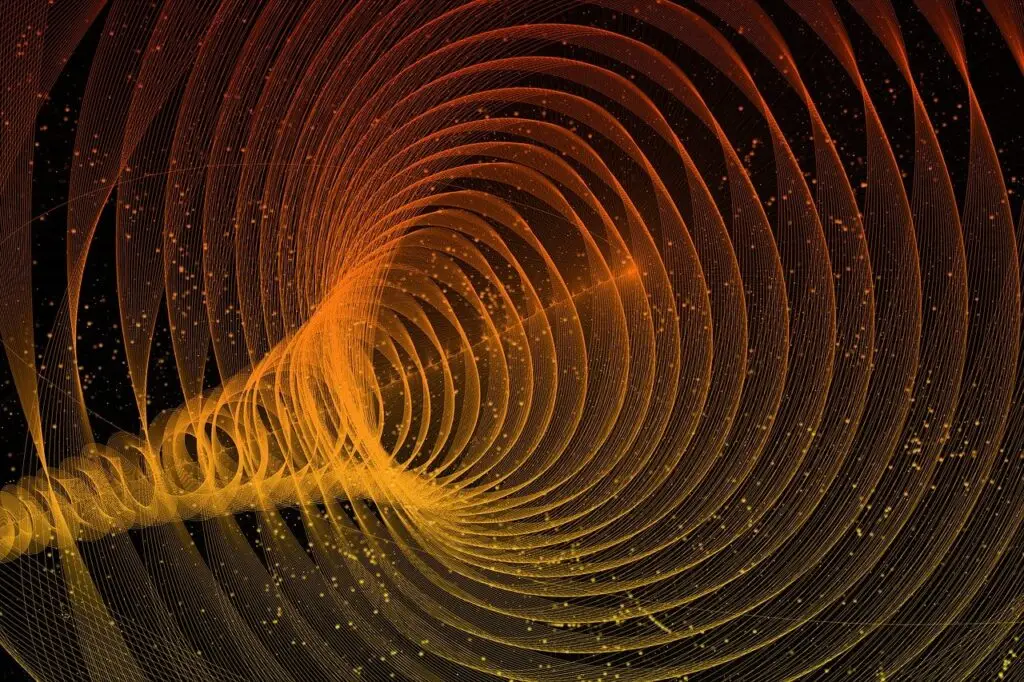Intro:
Quantum Physics and the Nature of Reality: Does It Exist Before We Look? – Quantum mechanics stands out as one of the most intriguing and perplexing theories in the realm of science. It does a remarkable job of predicting how particles behave at the tiniest scales, yet it also pushes us to rethink our fundamental understanding of reality. One of its most debated concepts is the idea that “reality doesn’t exist until we observe it.” This notion stems from various interpretations of quantum experiments, especially the well-known double-slit experiment and the idea of wavefunction collapse.
But what does all of this really mean? Is the universe just a blank slate until we take a look at it? Does our consciousness have a part to play in this? And how does all of this shape our understanding of existence?
This in-depth analysis will cover:
- The Quantum Measurement Problem – Why observation matters.
- Key Experiments – Double-slit, delayed-choice, and quantum eraser.
- Major Interpretations – Copenhagen, Many-Worlds, QBism, and more.
- Does Consciousness Create Reality? – The role of the observer.
- Practical and Philosophical Implications – What this means for us.
1. The Quantum Measurement Problem
In classical physics, things are pretty straightforward—objects are in clear, defined states. A ball is either here or there, and a light is either on or off. But when we dive into quantum mechanics, it gets a bit wild. Particles can exist in superpositions, meaning they can be in all possible states at the same time until we take a measurement.
Wavefunction Collapse

Take a quantum system, like an electron. It’s described by something called a wavefunction, which is a mathematical tool that tells us the probabilities of where that particle might be hanging out.
Before we measure it, the wavefunction is all spread out, indicating that the particle doesn’t have a specific position. But once we measure it, the wavefunction collapses, and suddenly, the electron shows up in one particular spot.
2. Key Experiments That Challenge Reality
The Double-Slit Experiment Setup: Imagine firing particles, like electrons or photons, at a barrier that has two slits.
Expected: You’d think they would go through one slit or the other, resulting in two distinct bands on the detector.
What Happens: Surprisingly, an interference pattern shows up, as if each particle passed through both slits simultaneously, displaying wave-like behavior.
The Shock: But here’s the kicker—if you set up a detector to find out which slit the particle actually goes through, that interference pattern vanishes. Just by observing, you change the outcome.
Interpretation: When unobserved, the particle acts like a wave (superposition), but once you measure it, it “decides” on a specific path.
The Delayed-Choice Experiment (Wheeler’s Version) takes a fascinating spin on the classic double-slit experiment. In this scenario, the choice to measure which slit the particle went through is made only after it has already passed through.
The result? It appears as though the particle can “sense” whether it will be observed in the future, and it adjusts its behavior in the past accordingly. What does this mean? It suggests that reality isn’t set in stone until it’s measured—even if that measurement happens retroactively.
The Quantum Eraser Experiment shows something fascinating: we can “erase” the information about which slit a particle went through, even after it’s been detected. When we do this erasing, the interference pattern makes a comeback, suggesting that the particle was in a state of superposition until we made our final observation. In conclusion, it seems that the past isn’t truly set in stone until every measurement has been taken.
3. Major Interpretations of Quantum Mechanics
Different physicists have some pretty diverse interpretations of these experiments. Let’s take a look at the main theories out there:
A. Copenhagen Interpretation (Bohr, Heisenberg)
Main Idea: Quantum systems exist in a state of superposition until they are measured.
The nature of reality is influenced by the observer—there are no definite properties before an observation takes place.
Criticism: It fails to clarify what exactly qualifies as a “measurement.”

B. Many-Worlds Interpretation (Everett)
Main Idea: Every possible outcome in quantum mechanics actually occurs, leading to the creation of parallel realities.
Instead of collapsing into a single result, all possibilities unfold in separate timelines.
Implication: While “you” experience just one outcome, there are countless other versions of you experiencing all the others.
C. Von Neumann-Wigner Interpretation (Consciousness Causes Collapse)
Most Controversial Idea: The idea that consciousness itself is what collapses the wavefunction.
Implication: This suggests that a mind is necessary to bring the universe into existence.
Criticism: There’s no experimental evidence to support this, and most physicists tend to dismiss it.
4. Does Consciousness Create Reality?
The notion that “observation requires a conscious observer” sparks quite a debate:
Mainstream View: Here, “observation” refers to any interaction with a macroscopic system, like a detector, and doesn’t necessarily involve a human being.
Alternative View (Consciousness Theories): Some people argue that without a mind to observe, reality remains ambiguous.
The Dilemma: There’s currently no scientific proof that human consciousness has a direct impact on quantum systems.
Most physicists lean towards the idea that measurement occurs through decoherence—essentially, the interaction with the environment, rather than through consciousness.
5. What Does This Mean for Us?
A. Practical Implications
Quantum Technologies: Think of computers, encryption, and sensors that take advantage of superposition and entanglement.
No Effect on Daily Life: The strange behaviors of quantum mechanics don’t really impact our everyday experiences.
B. Philosophical Implications
Reality is Probabilistic: The universe doesn’t follow a strict script; instead, randomness plays a key role.
Observer Participation: It seems we might actually influence reality at the quantum level.
Humility in Knowledge: The universe is much weirder than we often realize.
C. Should We Change How We Live?
No: Just because of quantum mechanics, it doesn’t mean we can “create” our reality with our thoughts.
Yes, in Perspective: It reveals that reality is much deeper and more mysterious than we previously thought.

Conclusion
Quantum mechanics doesn’t claim that reality is just an illusion or that we can manipulate it with our thoughts. What it actually shows us is that at the tiniest scales, reality acts in ways that completely challenge our classical understanding. The debate continues on whether observation needs consciousness, creates multiple universes, or simply highlights our limited knowledge.


Leave a Reply